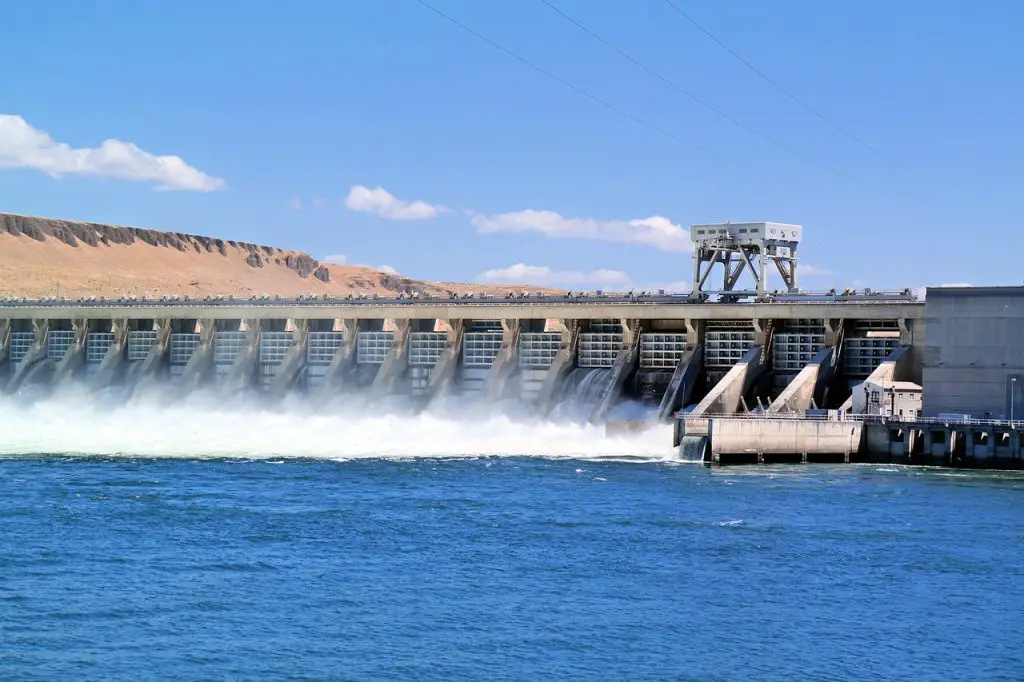Hydroelectric power is a clean, renewable energy source that harnesses the power of flowing water to generate electricity. It is one of the most widely used renewable energy sources in the world, accounting for approximately 16% of the world’s total electricity generation. The basic principle behind hydroelectric power is simple: the energy of moving water is used to turn a turbine, which generates electricity.
The process of hydroelectric power generation starts with the collection of water in a reservoir or dam. The water is stored in the reservoir and is then released through a channel, such as a pipe or canal, and directed towards a turbine. As the water flows through the turbine, its kinetic energy is used to turn the blades of the turbine, which are connected to a generator.
The generator is the heart of the hydroelectric power system. It consists of a rotor that is connected to the turbine and a stator that is connected to the electrical grid. When the rotor is turned by the turbine, it generates a magnetic field that passes over the stator. This magnetic field induces an electric current in the stator, which is then transformed into usable electricity and sent to the electrical grid.
There are several different types of hydroelectric power systems, including impoundment systems, run-of-the-river systems, and pumped storage systems. Impoundment systems are the most common type of hydroelectric power system and consist of a dam that stores water in a reservoir. The water is then released through a channel and directed towards a turbine, as described above.
Run-of-the-river systems are similar to impoundment systems, but they do not have a large reservoir. Instead, they rely on a constant flow of water from a river or stream to generate electricity. The water is directed through a channel and towards a turbine, where it is used to generate electricity.
Pumped storage systems are a type of hydroelectric power system that store excess energy generated by other sources, such as wind or solar power. In these systems, excess energy is used to pump water from a lower reservoir to an upper reservoir. When energy is needed, the water is released from the upper reservoir and directed towards a turbine, where it is used to generate electricity.
In conclusion, hydroelectric power is a clean, renewable energy source that harnesses the power of flowing water to generate electricity. The basic principle behind hydroelectric power is simple: the energy of moving water is used to turn a turbine, which generates electricity. There are several different types of hydroelectric power systems, including impoundment systems, run-of-the-river systems, and pumped storage systems, and each has its own unique advantages and disadvantages. Overall, hydroelectric power is a reliable and sustainable source of energy that can help to meet the growing demand for clean, renewable energy.







